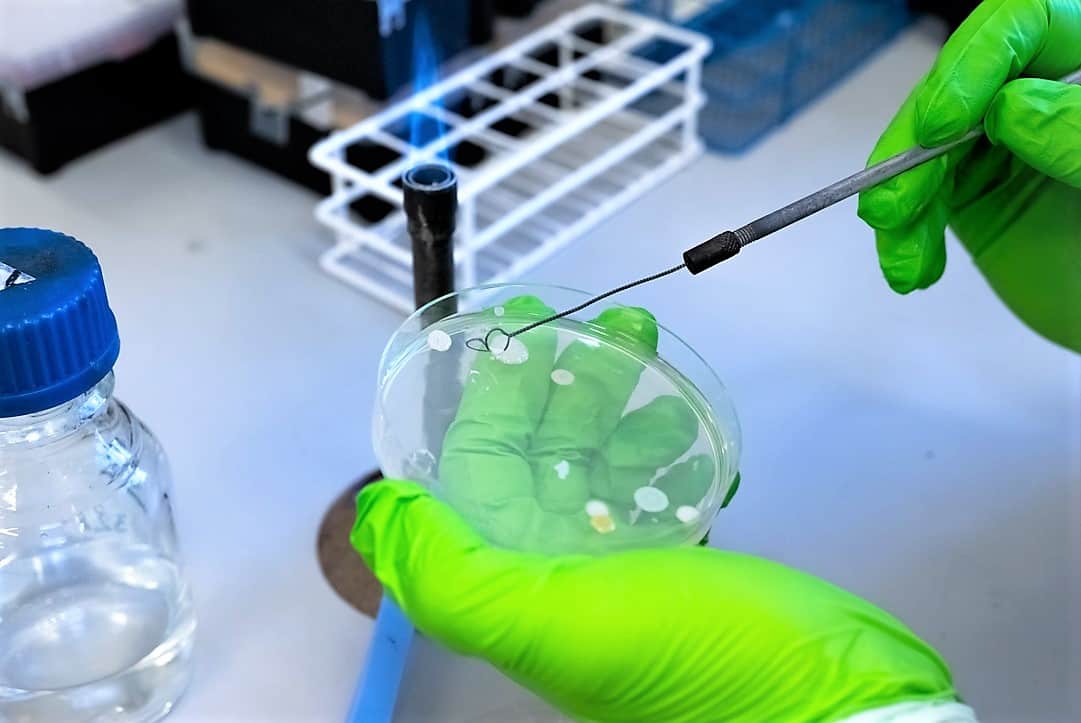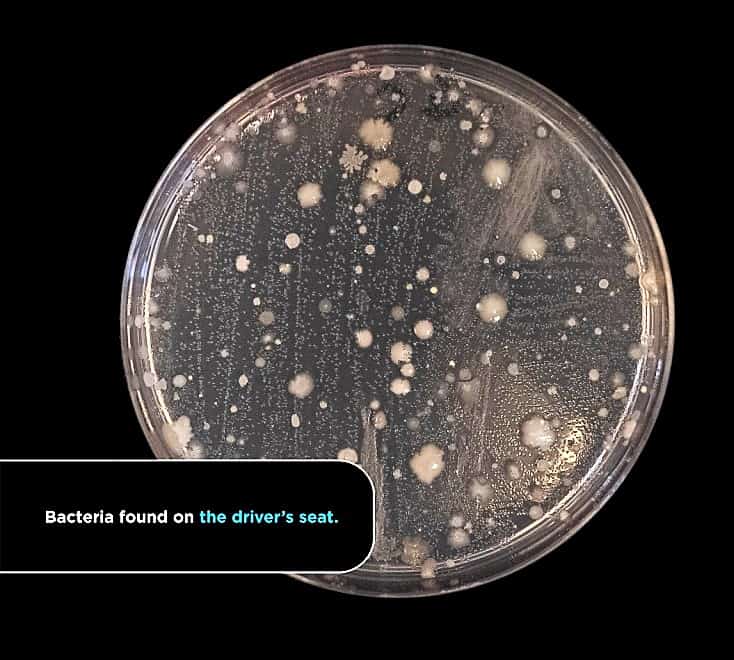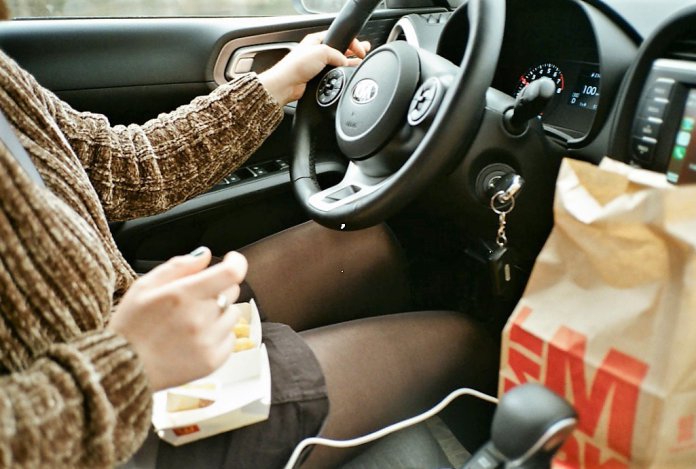Think you keep a clean car, with an interior that’s spotless? Well, think again because a new university study out of the UK shows the level of bacteria in an average vehicle is greater than that of an average toilet.
The study, undertaken by Aston University’s School of Biosciences, and commissioned by Scrap Yard Comparison, found significant levels of bacterial contamination inside passenger cars of various types and ages, underscoring the need for people to clean their vehicles more thoroughly.
“The results revealed that motorists should be cleaning the inside of their ride a lot more, with harmful bacteria likely to be discovered in most cars out on the road today,” according to a Scrap Yard Comparison news release.

Of the bacterial types found, there was actually fecal bacteria, or E.coli, found in every vehicle tested. The worst contamination was discovered in the trunks, which showed the highest levels of E.coli and which is an area of the car, the researchers note, where people are likely to transport groceries and take-out food purchases.
“Beyond the trunk, the other areas tested including the gearstick, dashboard and backseat also saw higher levels of bacterial contamination than is found on, or even inside, the average domestic toilet,” the news release says. “The bacteria found included Pseudomonas, a bacterium with strains that can’t easily be treated with antibiotics, and Staph Aureus, a germ associated with coughs and sneezes that in some cases is linked to MRSA.”
The researchers broke down the filthiest area by bacteria found:
Trunk – 1,425 bacteria identified
Driver’s seat – 649 bacteria identified
Gearshift – 407 bacteria identified
Back seat – 323 bacteria identified
Dashboard – 317 bacteria identified
Steering wheel – 146 bacteria identified
The steering wheel was the least-contaminated despite being a high-contact area, the study notes, most-likely due to the rise in use of hand sanitizer because of the COVID pandemic. That could provide a hint as to how owners should be sanitizing their entire vehicles, the study adds.
There was a correlation between the age of the cars studied and the levels of bacteria found, with older cars having higher loads than the newer ones.
The comparison with toilet bacteria was made with two home toilets that had not been recently cleaned and used within the previous 24 hours of testing.

“The results of this study are fascinating, as they help to show that despite cleaning our cars, the older they are, the dirtier they generally are,” Dr. Jonathan Cox, senior lecturer in microbiology at Aston University, said in the release. “This becomes key when thinking about areas such as the trunk or driver’s seat. Many of us have placed loose groceries in our trunk, or dropped the odd crisp onto our seat, before picking it up and eating it.
“These results, however, highlight that we should instead change how we think about our cars and cleanliness. Often, we will clean our cars based on whether they ‘look’ clean versus whether they actually are clean, but you would never even think about eating off of your toilet seat.
“Upholstery, in particular, should be given deep clean and I for one, will always clean any used car I buy in the future myself!”
Further findings from the study, along with images of the bacteria found in the cars, can be found on the Scrap Yard Comparison website.






Think this depends on the climate.
Scrap Yard Comparison news release. Yep, can’t go wrong by these folks
So how about rental cars? 😱
Is that why I see people driving alone in their cars with the windows rolled up yet still wearing a mask? 😉
Other studies, also show the average person today is less resistant to bacteria, than they were in the past.
Basically, because the general level of cleanliness today is much higher than my grandparents younger days.
Pasteurizing, anti-septic cleaners , less contact with animals, etc.
Tongue in cheek; perhaps we’ve overdone it?